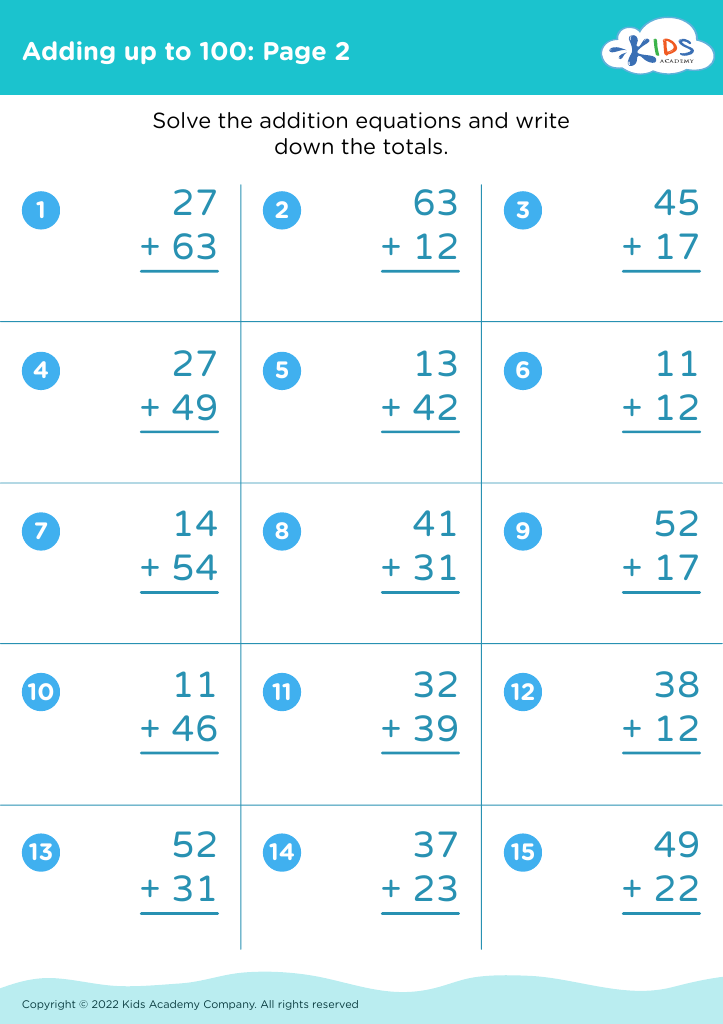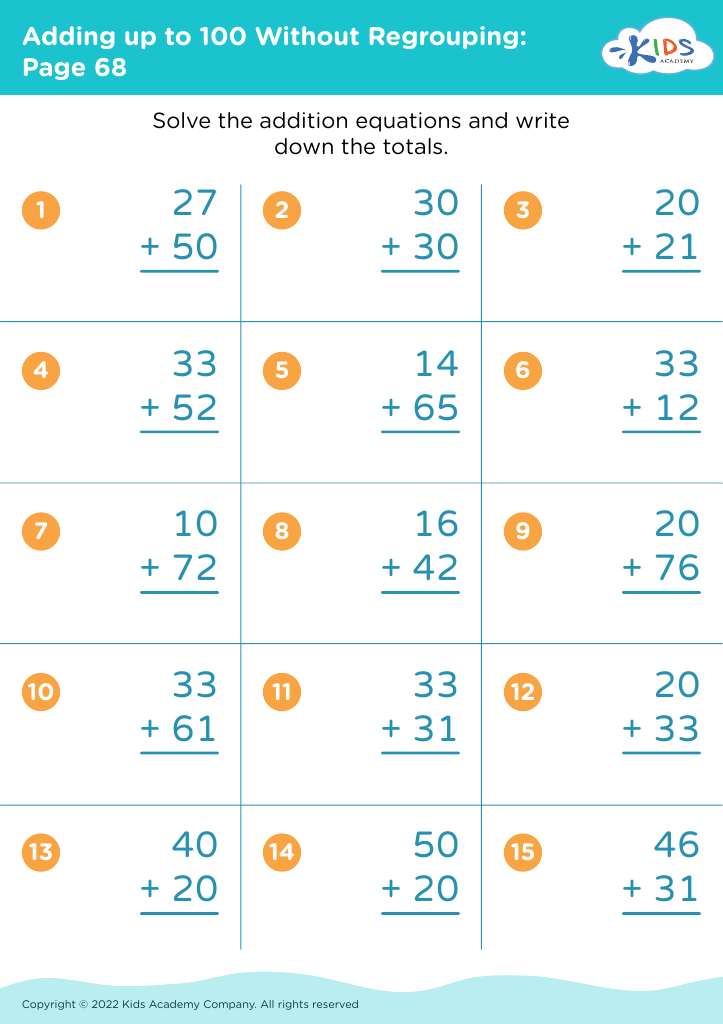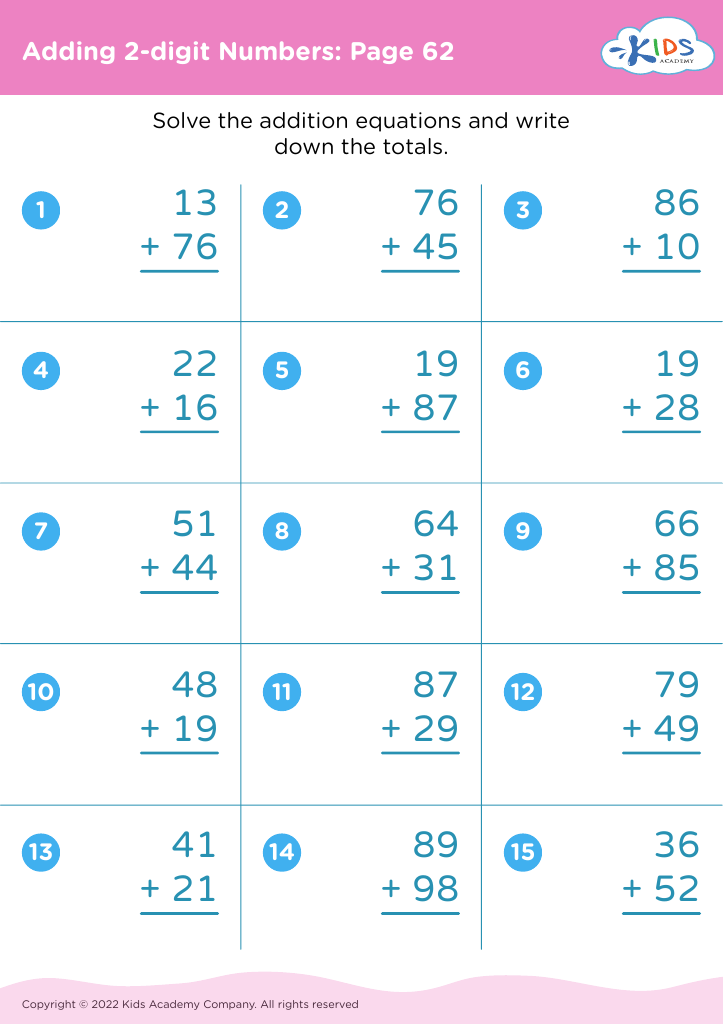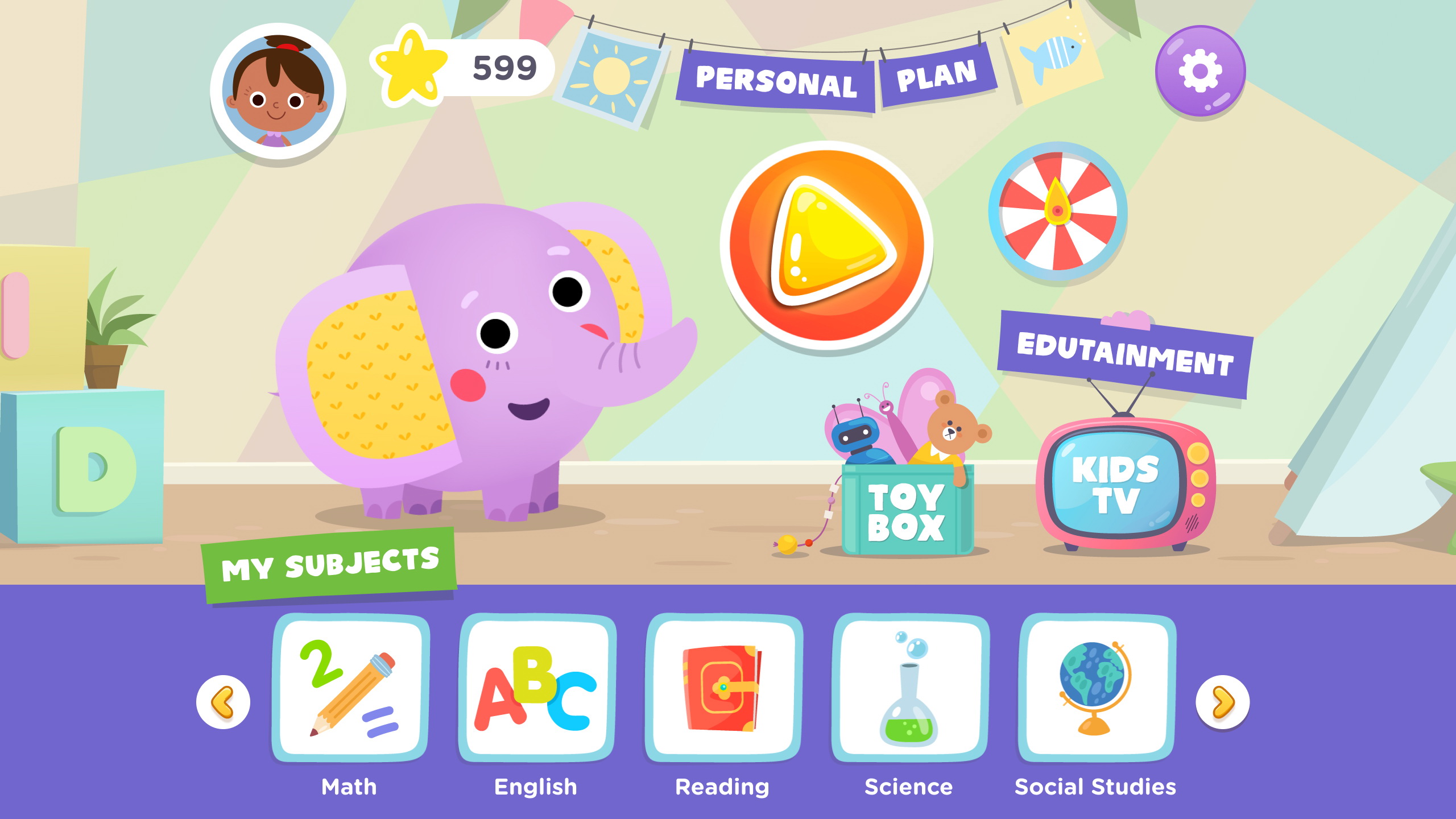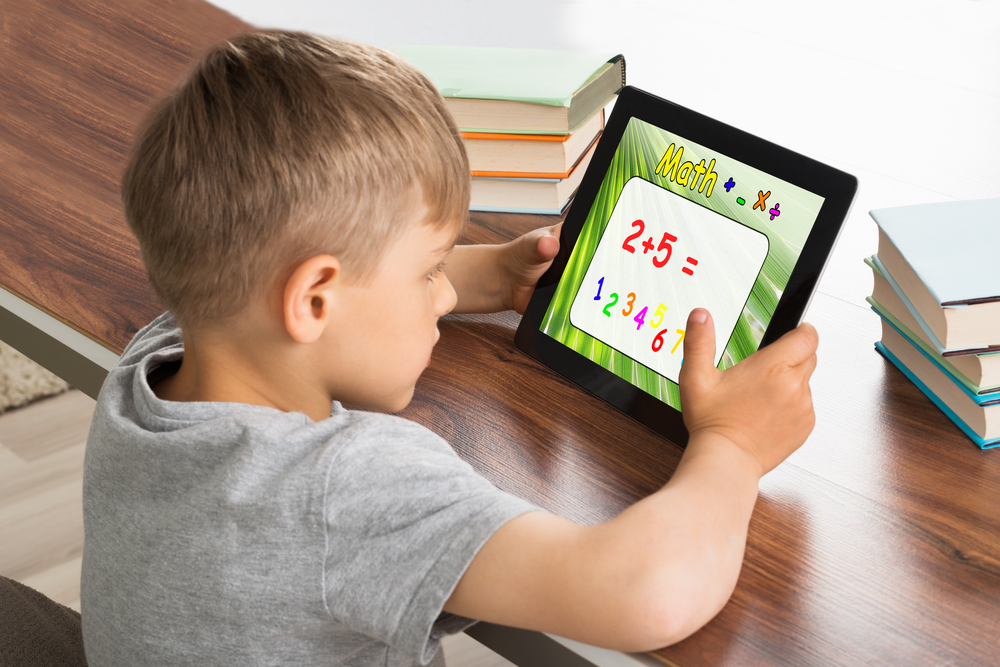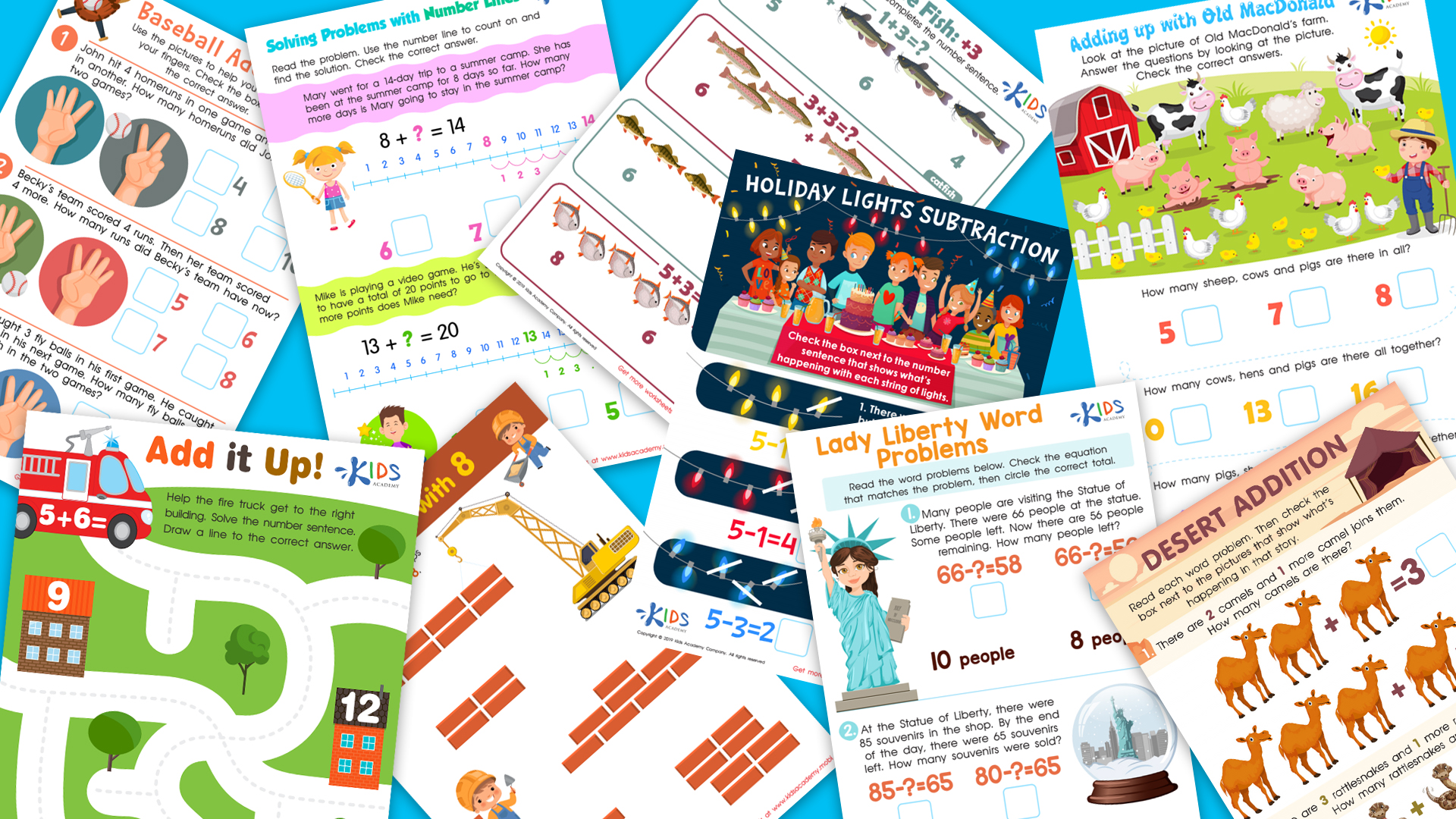Learning number patterns Math Worksheets for Ages 8-9
3 filtered results
-
From - To
Explore our engaging Learning Number Patterns Math Worksheets designed for children aged 8-9. These worksheets are crafted to enhance your child's understanding of mathematical patterns through fun and interactive exercises. Students will develop critical thinking and problem-solving skills as they learn to identify, create, and extend numerical sequences. With a variety of challenges that cater to different learning styles, these resources make practicing number patterns enjoyable and effective. Perfect for classroom use or at-home learning, our worksheets provide valuable opportunities for mastering this essential math concept. Boost your child’s confidence in math with these thoughtfully designed patterns worksheets!
Understanding number patterns is critical for children aged 8-9, as it lays the groundwork for more advanced mathematical concepts. First, number patterns enhance a child's ability to recognize sequences and relationships, which are vital skills in problem-solving. By identifying patterns, children improve their analytical thinking, allowing them to approach math with confidence.
Moreover, learning about patterns fosters a sense of order and predictability in mathematics, making it less intimidating. These skills are not just limited to math but extend to everyday life, helping children make connections in various scenarios, from predicting outcomes to recognizing trends.
In addition, a well-grounded understanding of patterns nurtures a positive attitude toward math and encourages a growth mindset. As children see the interconnectedness of numbers, they appreciate math's beauty, which can spark a lifelong love for the subject.
Finally, teachers and parents play a crucial role in guiding children through this learning process. Engaging them in fun activities that focus on patterns can make learning enjoyable and memorable, reinforcing their knowledge and skills. Investing time in this foundational skill now will pay off in the future, as children advance in mathematics and encounter more complex concepts.
